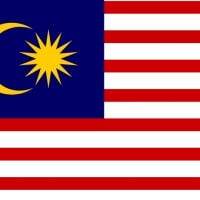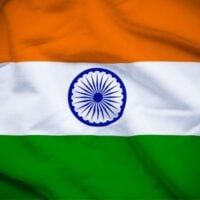This next step is the hard but fun part! As previously mentioned, there are many different social media platforms available to NGOs, each with its own set of benefits and challenges.
The section below provides a brief overview of the most popular social media platforms on the market today. It expands to include information about the demographics of the platforms, and the pros and cons of each.
Facebook is the world’s most popular social network. Any person, business, or NGO can create a free Facebook page dedicated to its cause. There are more than 1.6 billion Facebook users worldwide, and people of all demographics and nationalities use the platform. As with all social media, Facebook is especially popular for the 18 to 34-year-old demographic. If your NGO is going to create one social media account, it should probably be Facebook.

Twitter users send small bursts of text (140 characters through what is called a “tweet”) into the social network. While the site has more than 300 million users worldwide, its popularity has declined in recent years. Still, Twitter offers what is perhaps the most direct opportunity to connect with other NGOs, interested followers, donors, and politicians. It also remains the best social media tool for covering live events.

LinkedIn is the world’s largest professional social media network. Used as an online home for 450 million professional CVs and portfolios around the world, LinkedIn also has a Facebook style NewsFeed where users can share job ads, industry news, and other information. NGOs can create a Group which like minded organizations, donors, and other professionals can join to receive the latest updates from the organization. The most active demographic on LinkedIn is the 30 to 49 age group, with 50 to 64-year- olds following closely behind. NGOs should use LinkedIn if they wish to engage with other professionals or reach out to donors.

Instagram is a visual social media platform. The application has 500 million monthly active users, with more than 300 million of those people accessing the platform daily. Out of all social media platforms, Instagram is the one with the most active users, meaning the people using the tool are more likely to engage with NGO accounts and all other accounts. Half of Instagram users are between the ages of 18 and 29, with the next largest group falling in the 30 to 49-year-old category. While donors and other NGOs are starting to get on Instagram, this platform will be especially useful if your organization affects or wishes to reach youth.

WhatsApp has grown from being a simple messaging app to becoming a social media network in and of itself. With one billion active users, WhatsApp is the second most popular social network worldwide. While users can still send one-on-one messages as though they are SMS-ing, it is WhatsApp’s group chat functions that provide an opportunity for NGOs. By creating a chat group of followers or people interested in a cause, an NGO — and anyone else in the group — can easily share information back and forth.










































